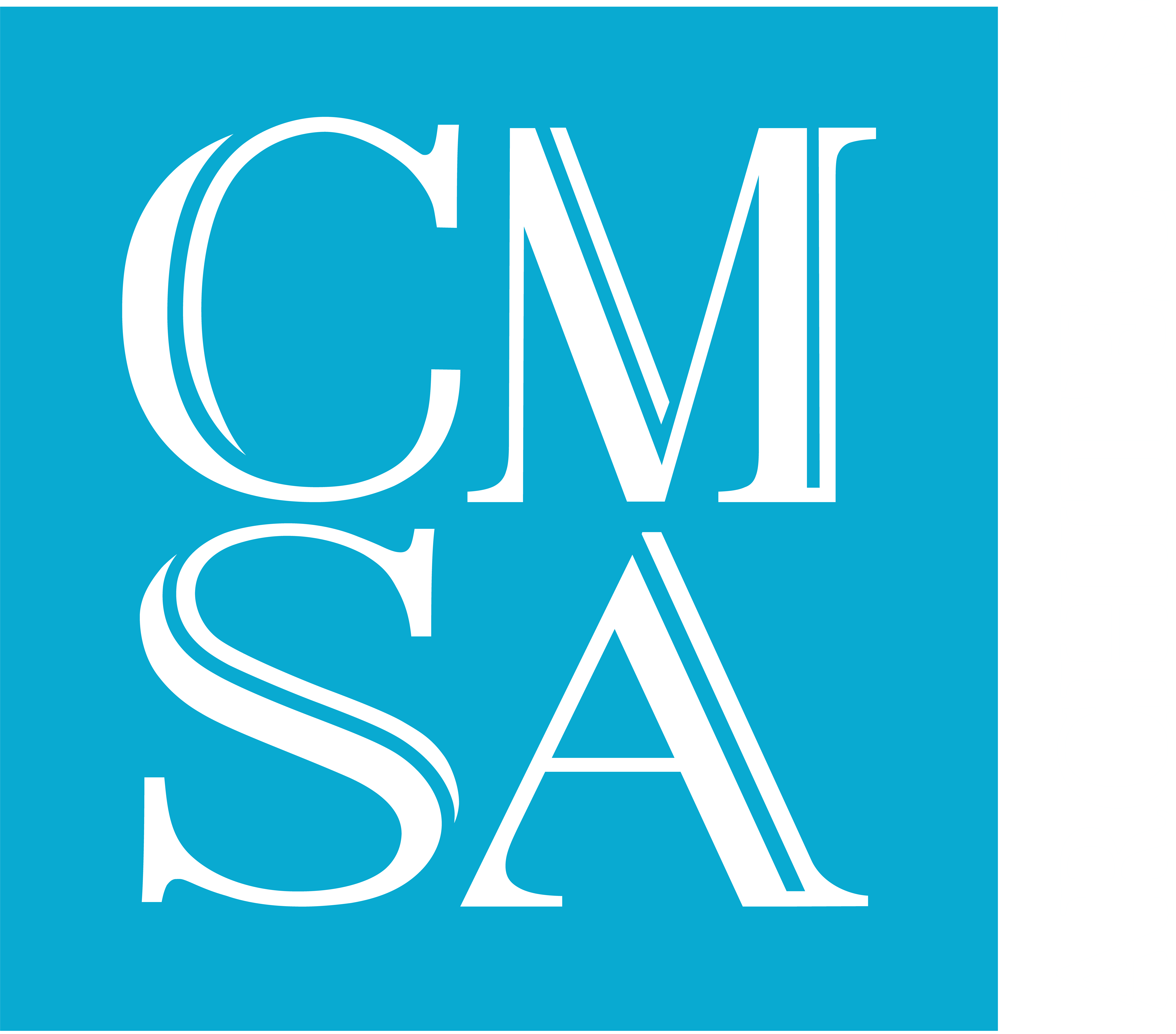The Relationship Between a Building, the Environment, and the Occupants Inside
The Relationship Between a Building, the Environment, and the Occupants Inside
For as long as humans have roamed this Earth, they have developed shelters to protect themselves from the elements. These shelters later developed into homes, and over time people discovered techniques to not only make these homes livable, but also increasingly more comfortable, learning to utilize the outside environment to passively heat, cool, and ventilate the spaces they occupy.
Over time as technologies like modern air conditioning were introduced, architects continued pushing the boundaries of design, while unfortunately leaving behind the immense power that the outside environment can provide us. Much of the modern-day built environment too often keeps the outside environment out, rather than utilizing it to create a better environment within. i.e. the New York City Skyline

This dynamic is slowly changing, however, as more architects are beginning to infuse passive design techniques into modern construction. In Florida, many residential architects are incorporating these techniques through philosophies like indoor-outdoor living, designing homes that seamlessly transition between interior and exterior spaces. They often use large sliding doors that fully open, blurring the lines between conditioned and unconditioned space.
During the cooler months of the year these doors work in conjunction with casement windows to create convective currents that naturally condition the space. These design tactics not only create a comfortable temperature within the space, but also help reconnect inhabitants with the natural environment, introducing fresh air, sun exposure, and surrounding plant life into spaces that otherwise can often become stale and disconnected from the rest of the world.
We as designers must continue improving upon our use of philosophies such as passive design, as we are architects of the human experience as much as that of the built environment; and it is our duty to design spaces that embrace and enhance the natural world rather than neglect it, thereby improving both the health of mankind as well as the beautiful world we live in.

You Might Also Like
When is a House…a HOME?
Part 2 of Building Our House After decades in the architectural field—over 40 years, to be exact—I’ve come to realize a truth that might sound surprising coming from someone who’s designed hundreds of residential buildings: [...]
Hurricane Hardening
Hurricane Hardening The following are items that CMSA counsels their barrier island and waterfront clients to implement on their new construction and renovation projects: Assess existing site conditions and whenever possible and appropriate, site the [...]
Getting to Know Rick Oswald: President of CMSA Architects
If you’ve had the pleasure of working with CMSA Architects, chances are you’ve crossed paths with our President, Rick Oswald. With a rich background in architecture and a creative spirit that’s hard to miss, Rick [...]
Behind the Design: Life as an Office Manager
What keeps the vibrant creative world of an architecture firm thriving from the shadows? An Office Manager. Serving as the central linchpin, they ensure the architects focus on their craft, unimpeded by the myriad operations [...]
Form, Function and Structure in Ancient and Modern Architecture
When we talk about Architecture, especially contemporary or mid-century architecture, the shapes and forms, the aesthetic, stunning, timeless, and clean appearance, are among the most important aspects of the building we want to create [...]



